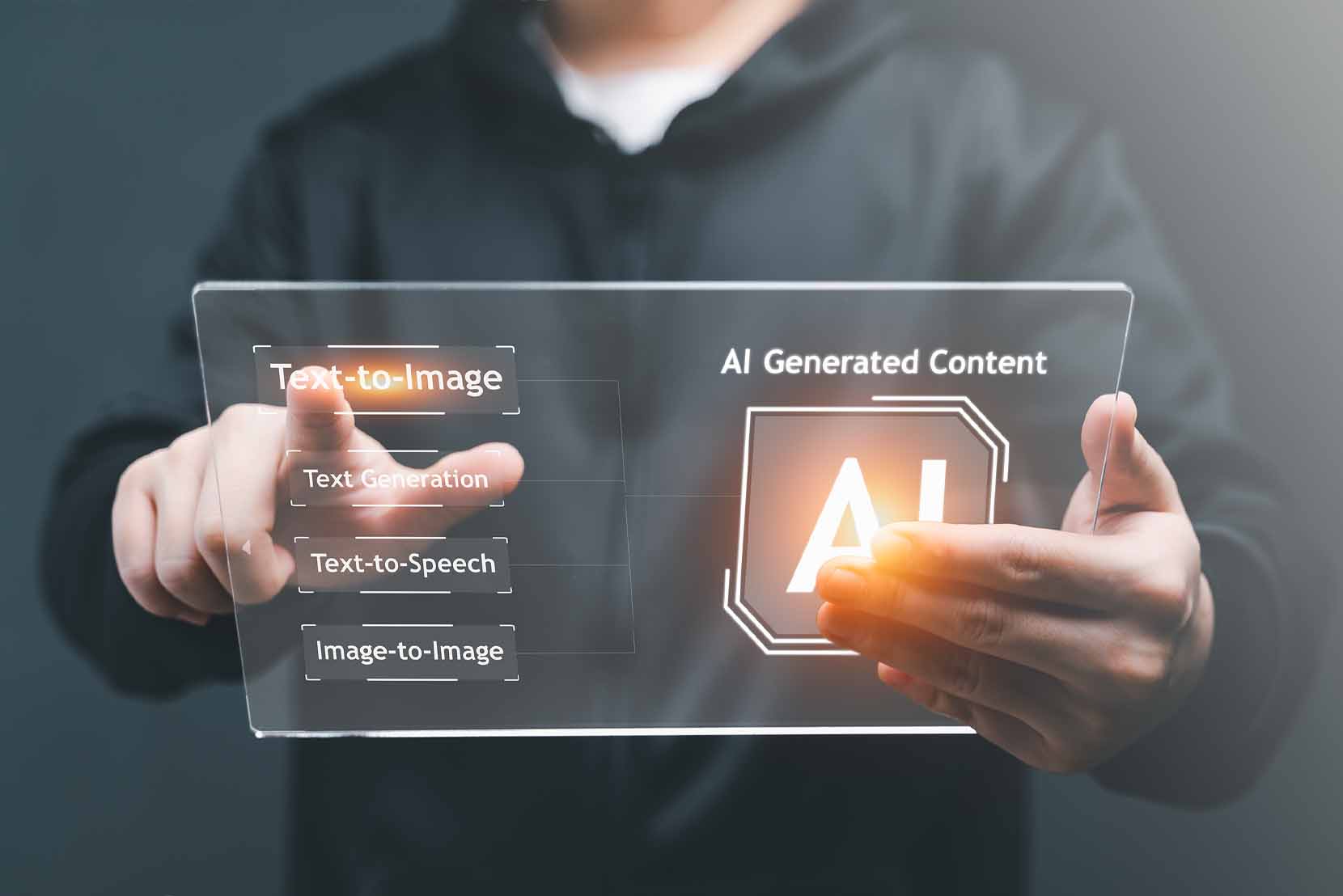
Tech Companies Enhance User Experience with Advanced AI
How Tech Companies Are Improving User Experience
Tech companies are leveraging advanced technologies, particularly Generative AI and Conversational AI, to significantly enhance user experience (UX). Here are some key strategies and tools they are using:
1. Generative AI for Personalization
Generative AI is transforming UX by offering highly personalized interactions. It analyzes user data, behavior patterns, and preferences to tailor content, recommendations, and interactions. This fosters a deeper connection and engagement, making digital experiences more intuitive and user-friendly.
2. Conversational AI in Customer Support
Conversational AI, such as AI-powered chatbots, has become indispensable for tech companies. These chatbots provide instant responses to customer queries, reducing wait times to as low as 33 seconds and increasing customer engagement by 40%. They also automate routine tasks, allowing human agents to focus on more complex issues, leading to cost savings and improved efficiency.
3. AI-Powered Design Tools
Tools like Adobe's Sensei use machine learning to automate tasks such as image recognition, color matching, and font selection. This streamlines workflows, allowing designers to concentrate on higher-level creative work. AI also aids in rapid prototyping and user testing, enabling more effective A/B testing and deeper analysis of user behavior.
4. Emotional Intelligence and Empathy
Generative AI can be programmed to recognize and respond to user emotions, building a deeper emotional connection. This is particularly valuable in chatbots and virtual assistants, where empathy can significantly enhance the user experience.
5. Sector-Specific Applications
Generative AI is being applied across various sectors to improve UX. In banking, it helps with regulatory compliance and personalizes customer experiences based on spending patterns. In healthcare, it aids in diagnostic services and anticipates future health needs. In telecommunications, it improves customer service by addressing network issues and troubleshooting technical problems.
6. Ethical Considerations and Best Practices
Tech companies are also focusing on ethical considerations, ensuring transparency, accountability, and avoiding harm. Best practices include prioritizing user-centricity, continuous monitoring, and building user trust to ensure that AI enhances rather than detracts from the user experience.
7. Future Trends and Regulations
The future of AI in UX design will be shaped by regulatory frameworks, such as the upcoming EU AI Act, which will require transparency and compliance with copyright laws. Tech companies are preparing for these changes by investing in new skills and ensuring responsible, user-centered design approaches.
By integrating these advanced technologies and adhering to best practices, tech companies are not only improving user experience but also setting new standards for digital interactions.

